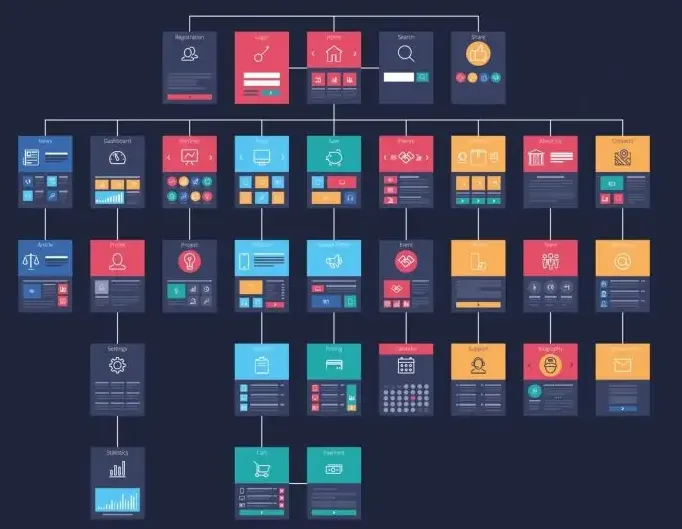
How to integrate social media into SEO Website strategies?
March 3, 2023
How to optimize & Evaluate your Website page speed SEO?
March 10, 2023Boost your SEO with the website structure architecture:
See more detailsHide some details
Subscribe to Our Youtube Channel
Website structure to boost your SEO
It's important to prepare the foundation that these efforts will rest on. The first step in this process is to evaluate the overall website structure to boost your SEO.
The website structure includes things like how a user navigates the site, the way your URLs are written, and how many clicks it takes to arrive at some of your most important content.
A website structure is the roadmap for Search Engines
The structure is important because it's the roadmap Search Engines like Google or Bing will use when it crawls your website and ranks your pages. Google needs to understand what content is most important to your users, how you organize that information, and what additional signals you've provided.
website structures and URL conventions for SEO
Let's take a closer look at site structures and URL conventions. So, a site structure can be flat or deep.
Now, every website that has more than one page uses some structure for organizing all of that content.
Typically, sites organize content into groups or categories. Now how you decide to group your site will dramatically impact how it works both for people and for search engines. The less clicks a user has to make to get to the important content, the better.
The closer your content is to your homepage, the more value it's going to receive, and also on that note, the better the category that the page is in, the more contextual value that the sub-page will receive as well. So to help understand this, let's take a look at a flat hierarchy.
So here at the very top we would have our homepage, and the links below that represented by the second line would be our sub-navigation, and here these pages might be things like
If we had for example multiple locations, we would then place those in the third row under the locations heading, or the locations page.
A deep structure looks more like this




